|
|
|
Video on meeting traffic on narrow country roads
Subscribe for more tips on our YouTube channel
Driving on tight country roads can be a scary experience for new drivers. We're going to give you some top tips to help you be safe.
In the video below we'll demonstrate how to drive on narrow country roads and then drive through a busy village.
We'll demonstrate how to stop for oncoming traffic and then move off again. This will be beneficial to you if you're learning to drive a manual car as you'll be able to see exactly what to do with the pedals and gears. There will be lot's of tips on how to drive safely for drivers of automatic cars too.
In the video below we'll demonstrate how to drive on narrow country roads and then drive through a busy village.
We'll demonstrate how to stop for oncoming traffic and then move off again. This will be beneficial to you if you're learning to drive a manual car as you'll be able to see exactly what to do with the pedals and gears. There will be lot's of tips on how to drive safely for drivers of automatic cars too.
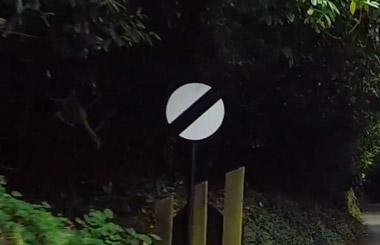
60mph speed limit.
The national speed limit on a single carriageway is 60mph.Don't forget that the speed limit isn't a target speed or necessarily a safe speed to drive at and it's definitely not a minimum speed either.
How fast you can safely drive depends on a few different factors, including the road and weather conditions, plus how far ahead you can see. Your experience also counts for a lot. If you're more used to slower town driving then driving at a faster speed might feel uncomfortable at first but you'll get used to it with practise and time on the road.
Bear in mind that more than half of fatal crashes happen on country roads, so never drive faster than it's safe to or feel pressured to.
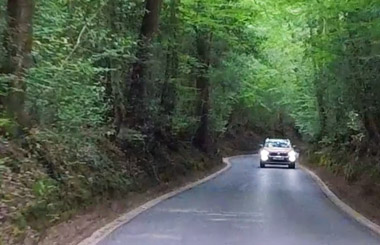
Plan ahead.
Keep planning ahead and never drive as if you're the only car on the road. Be ready for oncoming road users and expect them.Look out for any spaces that you can use if needed.
Anticipate what the other driver is going to do next. If they're approaching quickly then they probably want you to wait in a space for them. If they're slowing down and moving over to their left then they probably want you to drive through.
When you do move over for oncoming, look out for any ditches or pot holes that could damage your wheels or tyres. There might be branches or rocks sticking out that could damage your car.
If there aren't any spaces on your side but there are on there's then you can stop opposite the space and wait for them to pull into it.
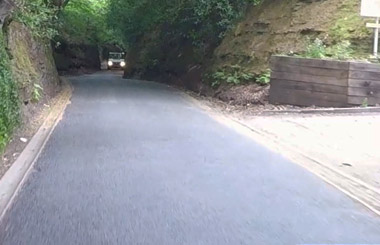
Be seen.
Even if it's not dark, using the dipped headlights will help others see you. They might also see your headlights shining on something before they see you, so it's an early warning to them that you're here.If you're approaching a blind bend then you could use the horn to warn others of your presence or if it's dark flash your headlights.
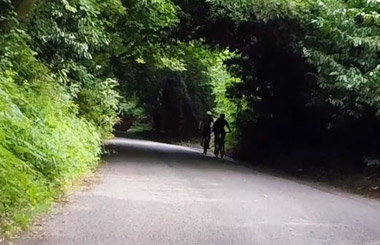
Think ahead.
Driving too fast when you can't see far ahead is dangerous as something like a car emerging out of a concealed entrance or a slow moving tractor will definitely surprise you.There's many hazards on country roads. They're often narrow with blind bends. Don't forget you're sharing the road with cyclists who are harder to see especially in the shadows. You can also expect pedestrians walking in the road and horse riders.
Always remember that when the road gets tight and you might feel uncomfortable or you can see less ahead then make sure you slow down. Slowing down in these situations is essential. Straight away it gives you more time to plan ahead, judge any gaps and gives you more thinking time.
You should always be able to stop comfortably within the distance that you can see to be clear.
Speed is a major factor in crashes on these kind of roads. The most common types of crashes on country roads are collisions at intersections, head-on collisions and running off the road.
When you get a clear view of the road ahead, and it's safe then increase speed to make progress and potentially not annoy other road users behind. Driving too slow might encourage drivers behind to overtake when it isn't safe to.
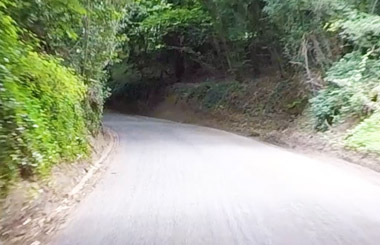
Plan for the bend.
Slow down and be in the correct gear before the bend.Avoid harsh braking as you go round or it will make the car less stable. You'll also have less control if you change gear on the corner. So choose the correct gear after you've slowed down on approach.
If you're in too high a gear then the car will feel sluggish or too low a gear and the car will be revving too much.